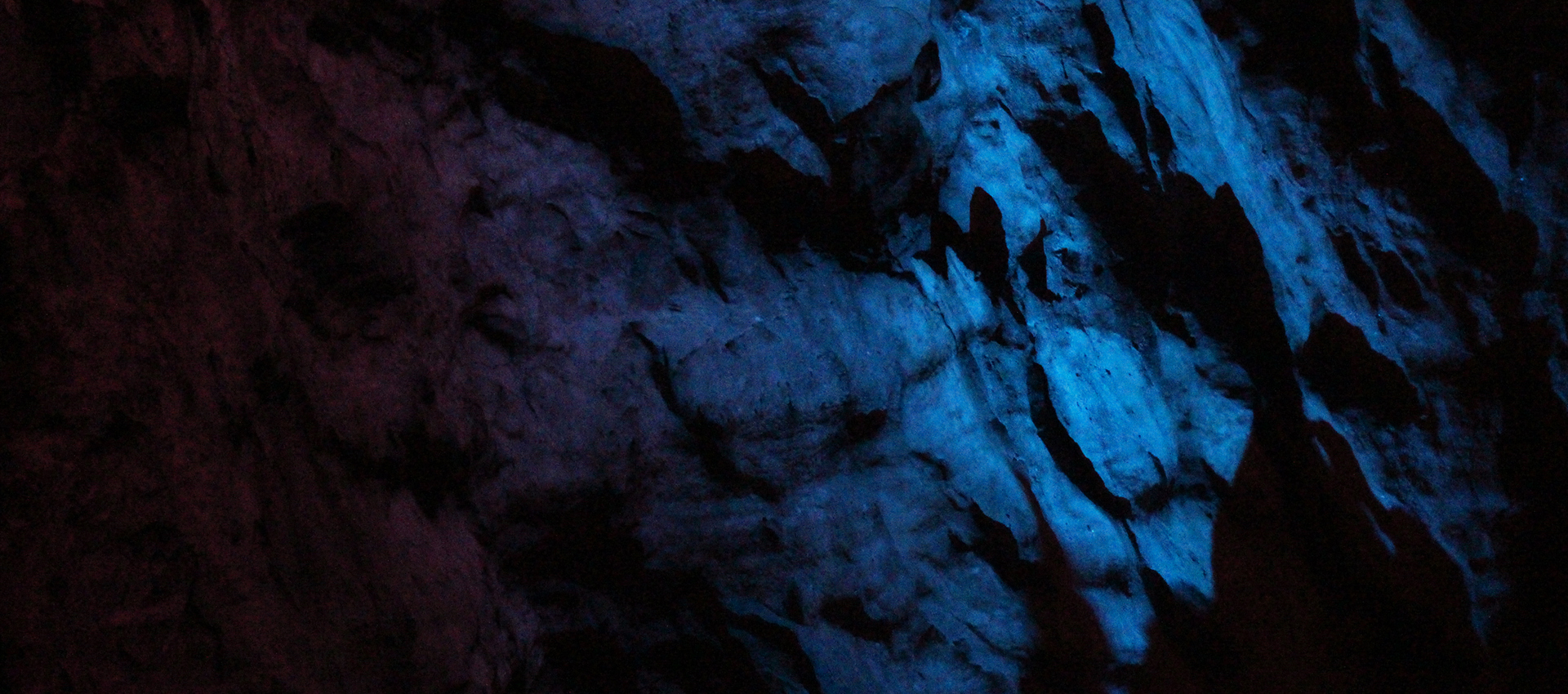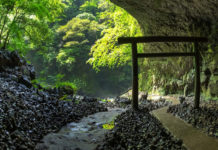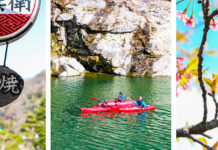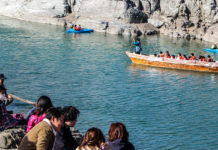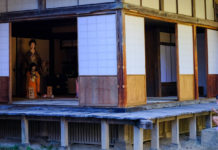At the western edge of Tokyo prefecture, around 2 hours from the city centre, the Nippara Limestone Caves are a popular day trip for locals and tourists alike. Dating back hundreds of thousands of years, this off the beaten path site is a truly mystical experience.
A springtime day-trip
Spring is one of the loveliest times to visit Japan. The warm weather ushers in new life and people begin to emerge from their apartments to enjoy the bounties of nature. Being the season for such things, a few friends and I decided to plan a day trip to the Nippara Limestone Caves.
In warmer months, this area is a lush, green escape from the urban jungle, with fishing and hiking opportunities nearby. The only problem was, when our pre-arranged late-March date rolled around, Tokyo had been hit with unseasonably frosty weather. A reschedule wasn’t looking possible for quite some time, so we decided to take our chances and set off anyway.
Unseasonable snow and bad luck
We rode the rails a few hours to arrive in the vicinity of the cave and were surprised to find it had started snowing heavily. We’d expected a little snow, but things had changed drastically since we last checked the weather app. Hours from home, now decidedly off the beaten track, we decided to make the most of it, see the cave and hope we could get back without issue.
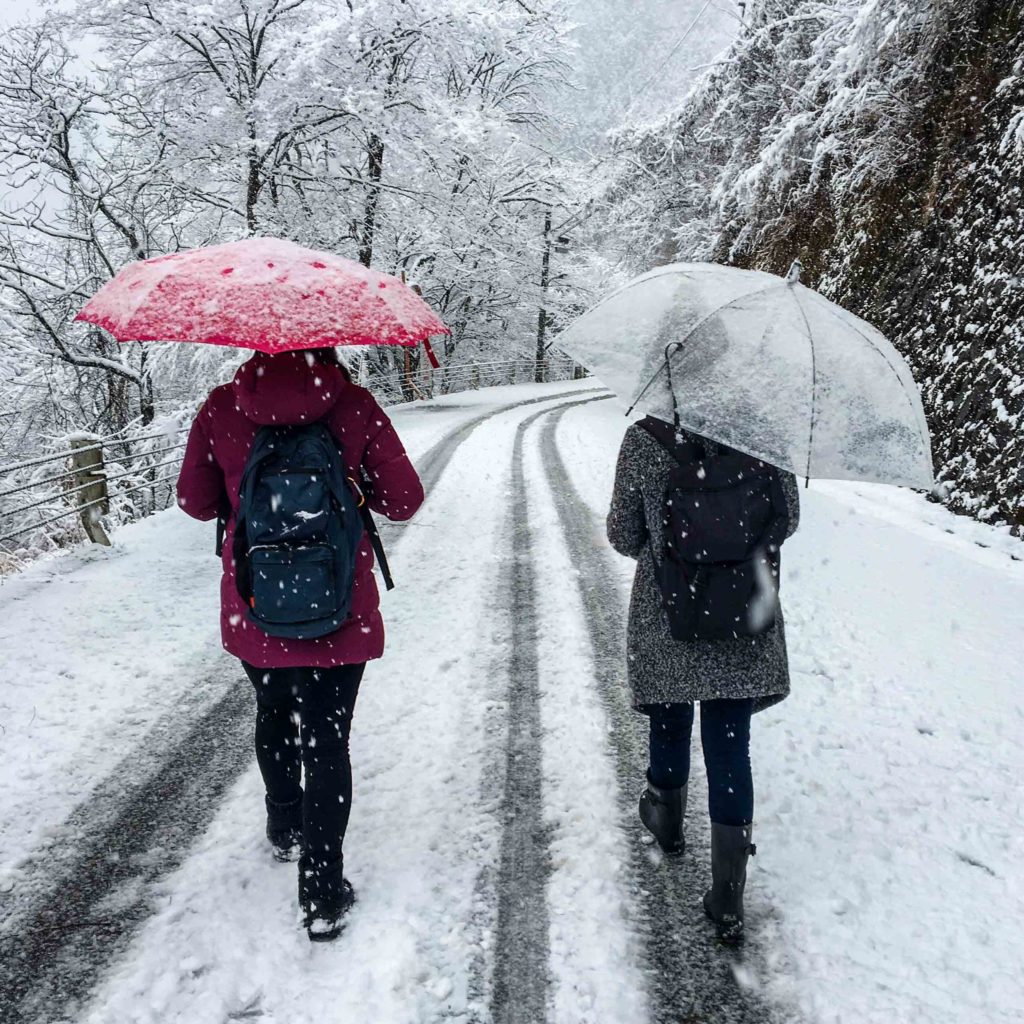
As we made our way through the deserted town of Nippara, on the way to the caves, we couldn’t help but photograph the dreamy, snowy scenes.
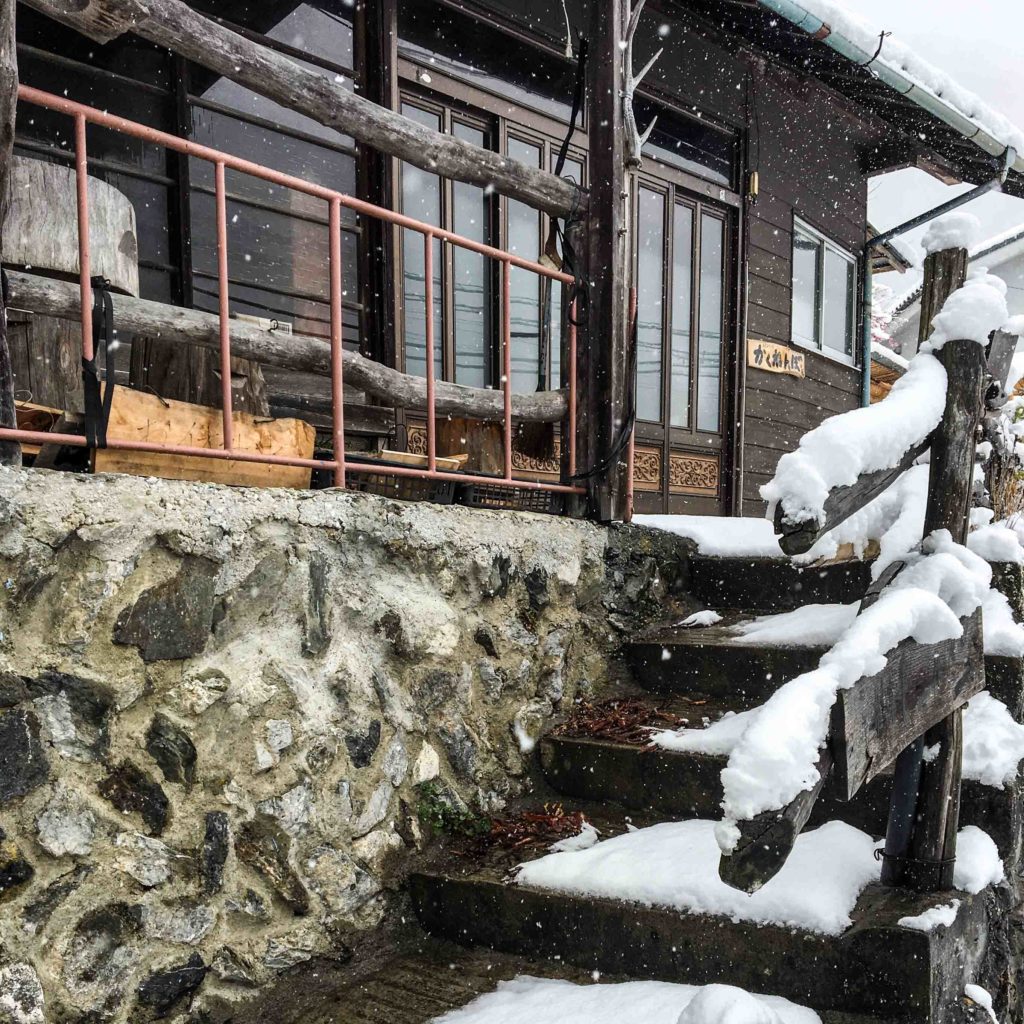
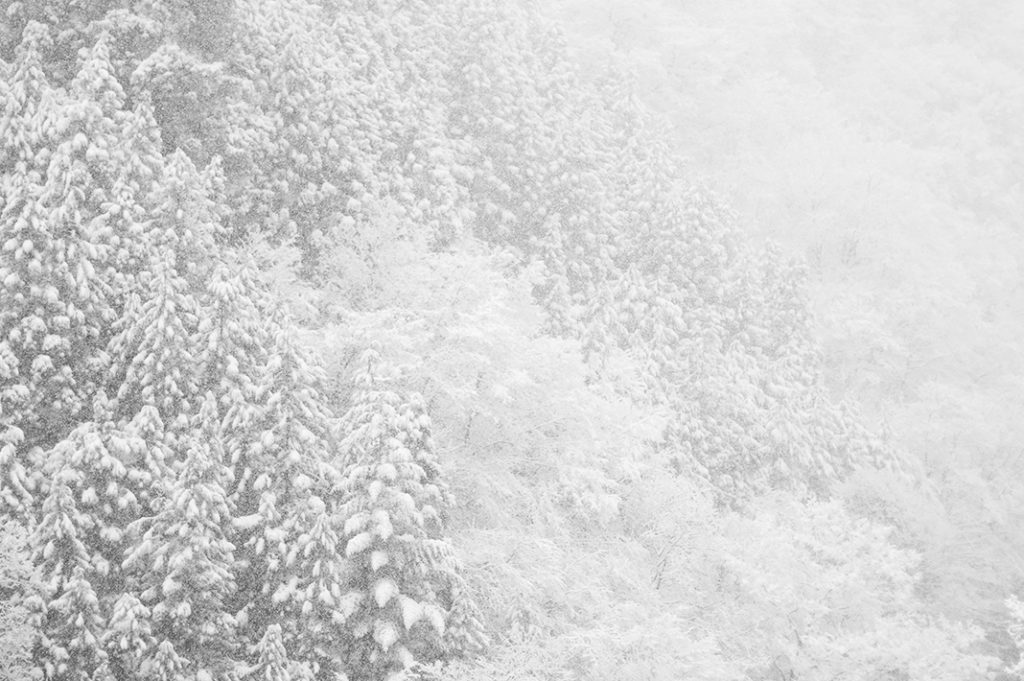
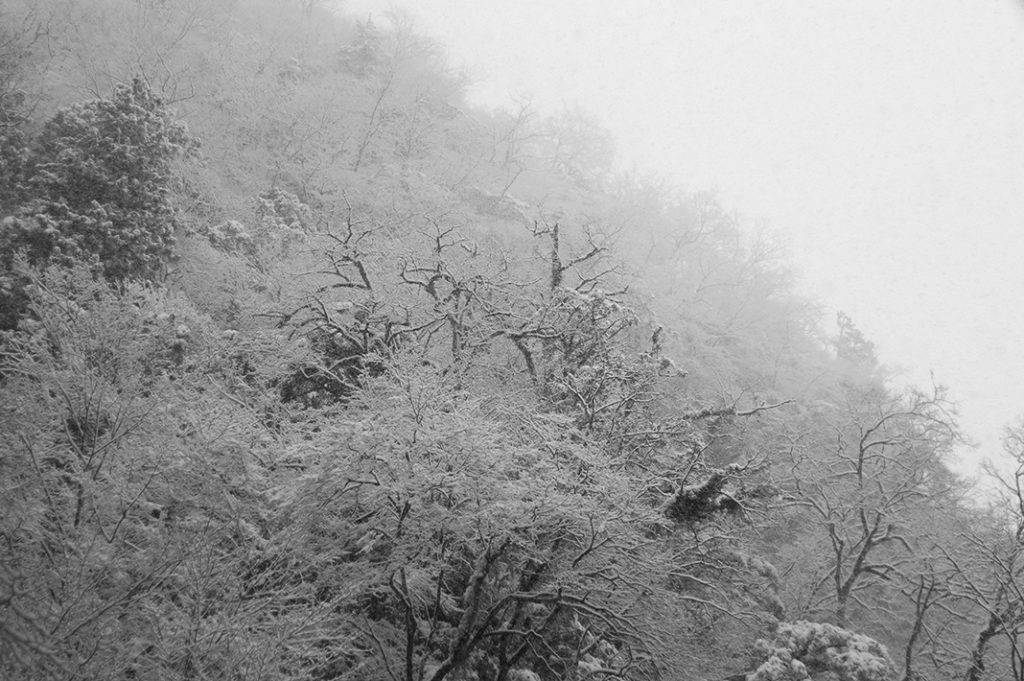
Unfortunately, it was around this time that my phone started behaving rather oddly. The camera was taking pictures upside down, and the phone would repeatedly turn itself off in protest of the low temperatures. When I turned it back on, the battery had dropped to a critically low level. I decided to save it for the journey home and took out my DSLR instead.
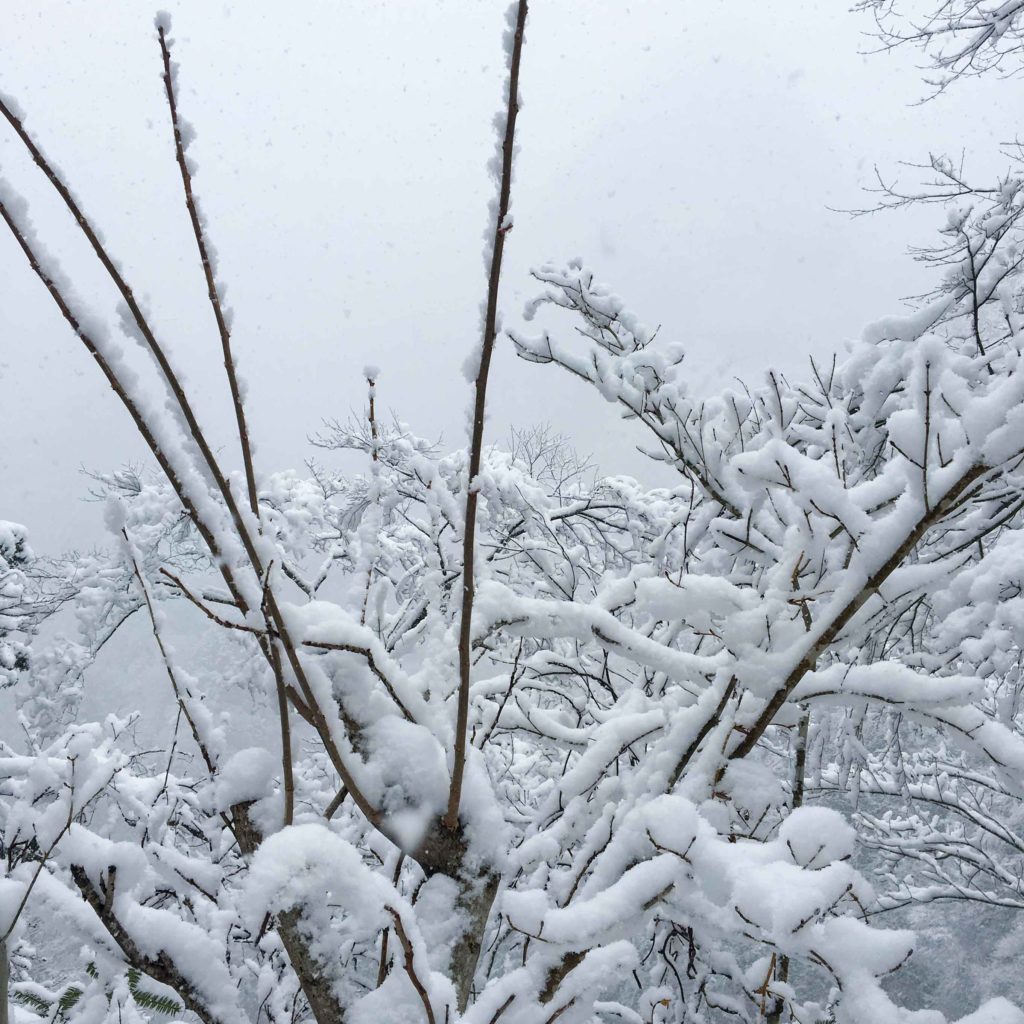
By the time we reached the cave, I discovered that in my haste, I had put a near flat battery in the camera and forgotten the spare. Things weren’t going so smoothly.
Off the beaten track and into a cave
Despite all the signs telling us not to go in and photograph the caves, we proceeded towards the ticket booth. The bridge at the entrance gave a great view of the river and a waterfall—undoubtedly a perfect summer scene.
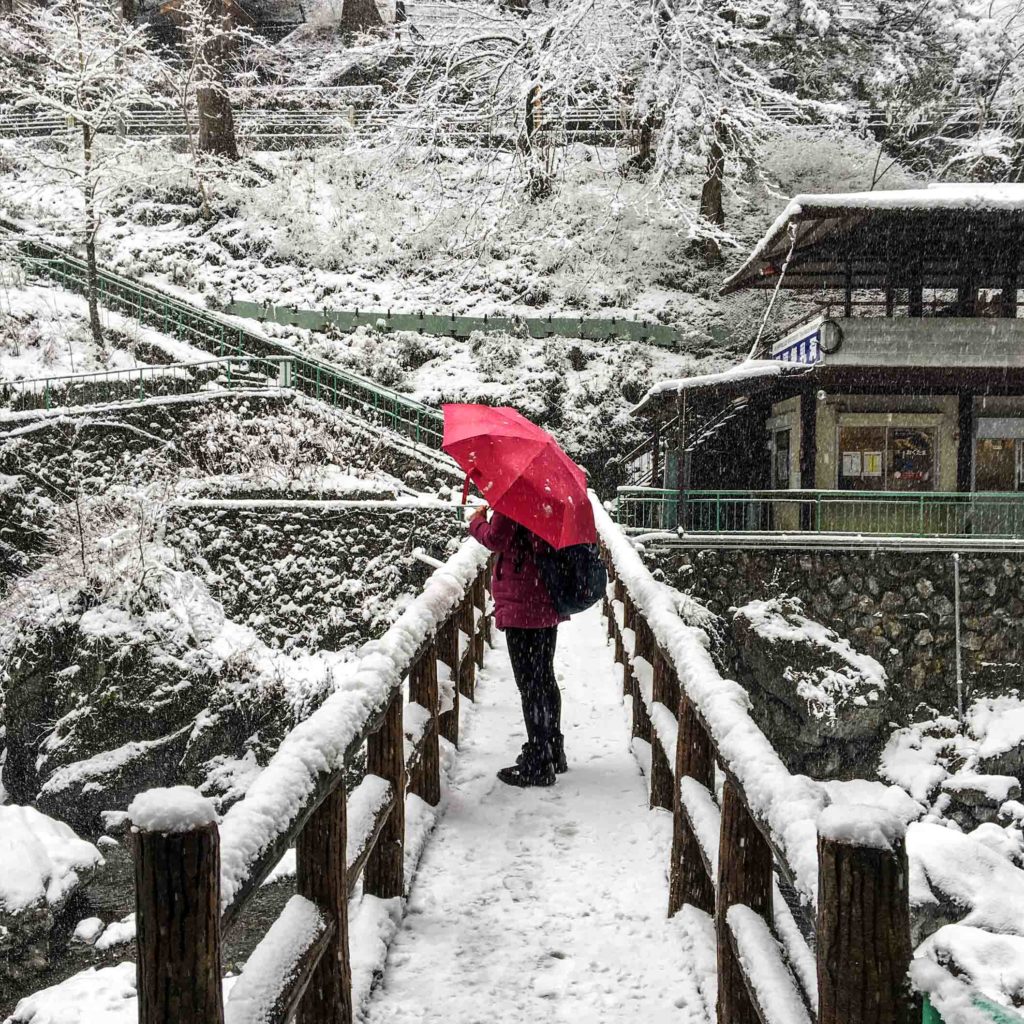
We paid our 800 yen entrance fee and stepped in to explore. We’d been rugged up against the snowy weather, so the cave’s year-round 11 degree temperature soon had us stripping off layers.
The lowdown on the Nippara Caves
The Nippara Limestone Caves are the largest in the Kanto region, with an 800 meter path winding, climbing and descending through the earth.
Inside this Tokyo cave, there are multiple natural wonders to behold. Studies done on some of the stalactites, stalagmites and pillars suggest they date back hundreds of thousands of years.

There is something so mystical and sacred about a cave’s still, silent atmosphere. To the human eye, seemingly nothing changes. But it is incremental change, drip by drip, over a much longer period that has formed what we see today.

Attracted to its ancient mystery and cavernous silence, the mountain-dwelling Shugendo Buddhist monks began to use Nippara Caves for ascetic training. It’s the perfect place to shut out the world and take a journey into your own mind.
The highlight of the cave is undoubtedly the large chamber, called shidenoyama, which is illuminated by colourful lights.
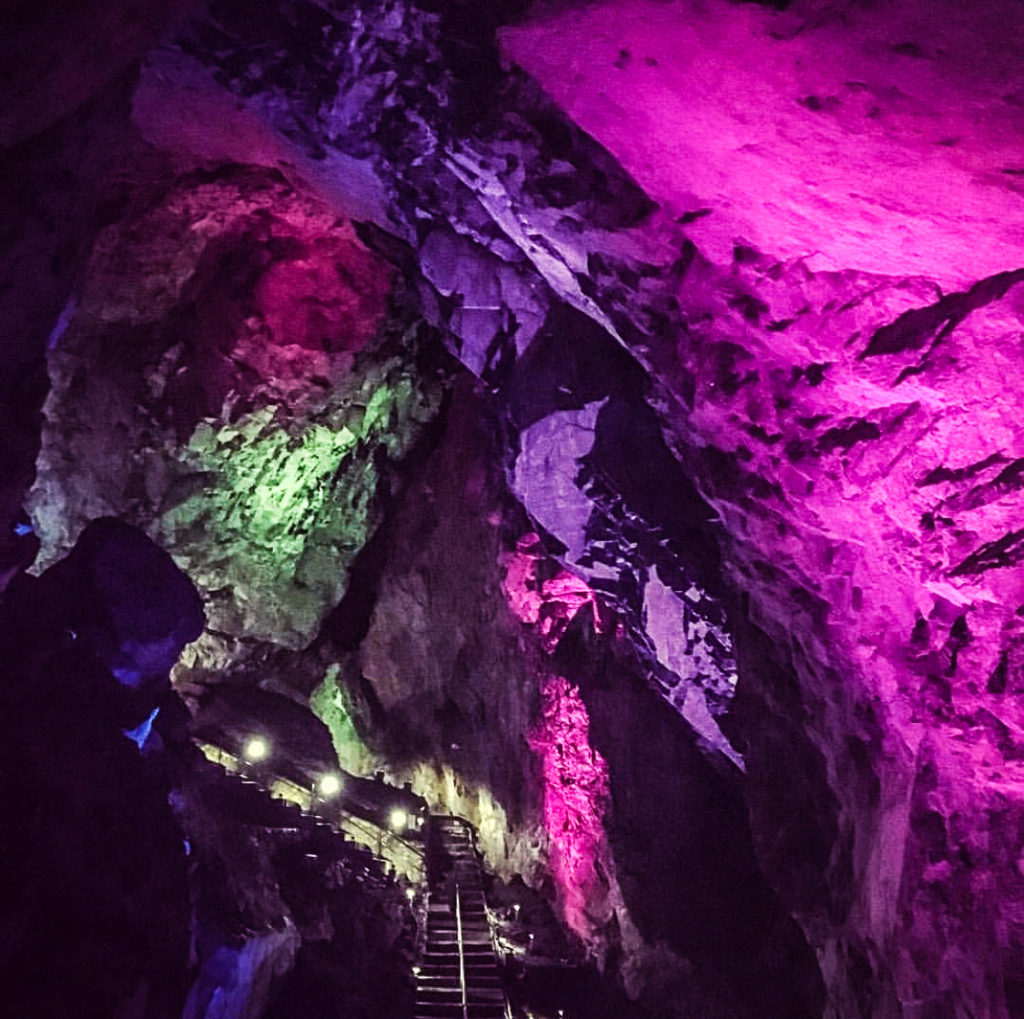
I managed to snap a few pictures with my failing technology, but it is truly best seen in person.
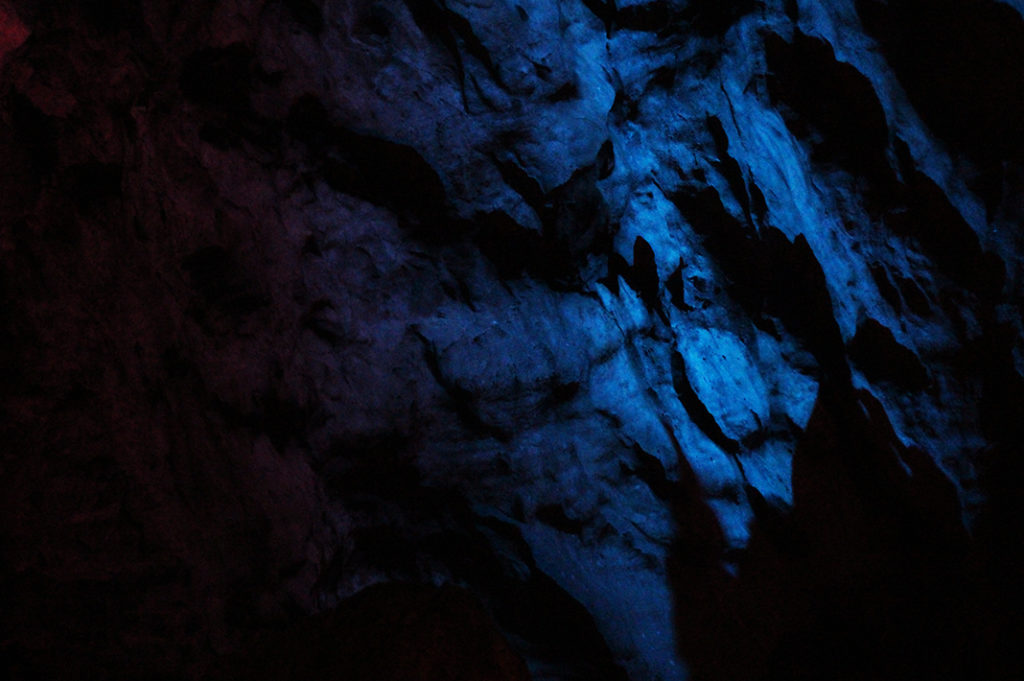
If you follow the steps uphill, you will come to a statue of Kannon, which is surrounded by offerings of coins.
Leaving the Cave
Inside the cave, we could take cover from the snow and the cold and forget about our bad luck for a while. The thought came to me that perhaps the failing technology was a sign from nature that we should get back to basics and live in the moment.
On the way home, the weather had worsened, meaning that public transport was patchy. We could no longer rely on the online timetable; we needed to make calls, knock on doors and ask people for information. After waiting a long time in the snow for a bus, we managed to make every connection, making it home a little later than expected.
While a snowy landscape is always a treat, it’s definitely not ideal for a day-trip when it can affect your transport. My advice, visit these amazing caves in summer and use them as a blessed reprieve from the humid summer climate.
Getting there
The easiest way to access the caves from central Tokyo is by car, though public transport is certainly possible. Bear in mind that it is a long way, so you’ll need to plan your timetable ahead.
Train
From Shinjuku Station, you can take the ‘Special Rapid Ome’ train on the Chuo Line all the way through to Ome Station, then switch to a local train bound for Okutama Station. This portion takes around 1 hour 40 minutes.
The caves are still around 10km from Okutama Station, so you’ll need to get a bus.
Bus
If you’re travelling on a weekday, grab bus #20 bound for Shōnyūdō gyō (鍾乳洞行 / Limestone Caves). Ride it for around 30 minutes to the end of the line (520 yen).
If you’re visiting on a weekend, holiday or in August, look for bus #21 bound for Higashinippara gyō (東日原行). Ride it for almost 30 minutes (480 yen) then walk the remaining 2km (around 25 minutes).
Name: Nippara Limestone Caves
Address: 1052 Nippara, Okutama, Nishitama District, Tokyo 198-0211 (link)
Open: April–November: 8:00–17:00; December–March: 8:30–16:30
Closed: Over New Years (December 30–January 3)
URL: http://www.nippara.com/
Post by Japan Journeys.



